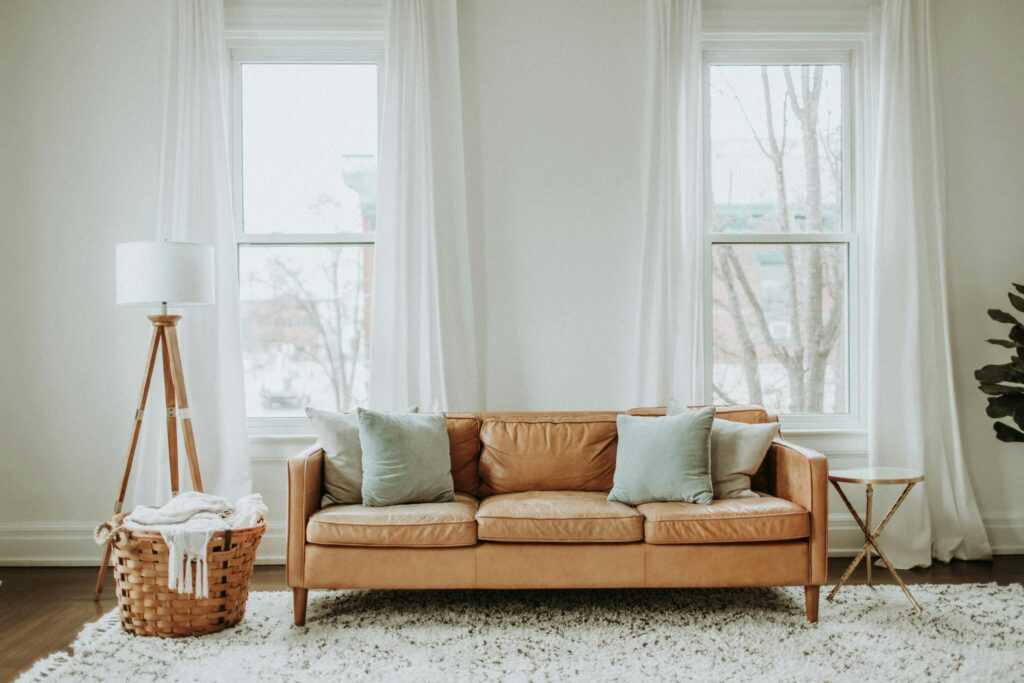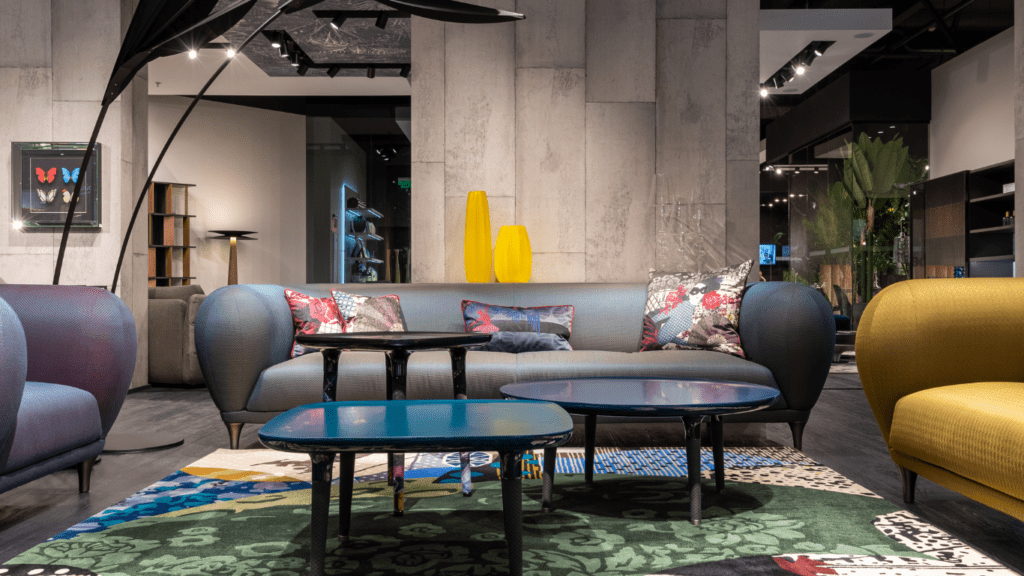Importance of a Stylish Home Office
Creating a stylish home office is essential for productivity and well-being. An aesthetically pleasing workspace can boost motivation and inspire creativity. Research from the American Society of Interior Designers indicates that an attractive work environment can increase job satisfaction by up to 25%.
Boosting Productivity
A stylish office impacts productivity significantly. When the workspace is visually pleasing, distractions minimize, and focus improves. For example, incorporating natural light and ergonomic furniture can enhance concentration and reduce fatigue. A Harvard study confirms that individuals working in well-lit offices perform 15% better on cognitive tasks.
Enhancing Mental Health
Designing a visually appealing home office supports mental health. A clutter-free, well-organized space reduces stress and anxiety. Adding personal touches like artwork or plants can create a calming environment. According to the Journal of Environmental Psychology, incorporating elements of nature in interior design can lower stress levels by up to 37%.
Promoting Professionalism
A stylish home office reflects professionalism, important during virtual meetings. A clean, organized background maintains a professional image. High-quality furniture and decorative elements can impress clients and colleagues. For example, a well-chosen bookshelf or a piece of art can serve as an elegant backdrop during video calls.
Encouraging Work-Life Balance
A stylish workspace helps maintain a work-life balance. Distinguishing between work and personal spaces is easier when the office is inviting and functional. A designated area for work can increase efficiency and help mental transitions between work and relaxation. The National Institute for Occupational Safety and Health highlights that separating work and living areas reduces burnout and increases job satisfaction.
Attracting Innovation
A well-designed office fosters innovation and creativity. Spaces that incorporate modern design elements, such as flexible layouts and creative decor, stimulate the mind. Offering a variety of seating options, like standing desks or lounge chairs, can encourage brainstorming and innovative thinking.
Incorporating these elements into a home office design provides numerous benefits and can transform the at-home work experience.
Top Design Trends for 2023

The home office has transformed into a space where style meets functionality. The latest design trends for 2023 focus on creating visually pleasing yet practical environments.
Minimalist Aesthetics
Minimalist aesthetics emphasize simplicity. Clean lines, neutral colors, and uncluttered spaces define this trend. Excess items should be removed to create a sense of calm and order. For instance, a sleek desk, ergonomic chair, and simple shelving can provide both functionality and style. Incorporate hidden storage solutions to keep the workspace tidy.
Biophilic Design
Biophilic design brings nature indoors, promoting well-being. Plants, natural light, and organic materials are key elements. Place potted plants or vertical gardens to improve air quality and reduce stress. Use natural wood furniture and ensure that the space receives ample natural light. These elements can boost mood and productivity.
Multifunctional Furniture
Multifunctional furniture maximizes space and versatility. Pieces like:
- fold-out desks
- convertible seating
- storage-integrated tables
are ideal for small spaces. For example, a desk that transforms into a dining table or a bookshelf with a built-in desk can save space and add flexibility.
Smart Technology Integration
Smart technology integration enhances convenience and efficiency. Incorporate devices like smart lights, video conferencing equipment, and adjustable standing desks. Use voice-activated assistants to control lighting, temperature, and scheduling. Ensure that technology remains unobtrusive to maintain a streamlined appearance.
These design trends for 2023 aim to create home offices that are both stylish and functional, enhancing the work-from-home experience.
Color Palettes and Materials
Creating a stylish workspace involves more than just furniture. Color palettes and materials play a crucial role in setting the tone for productivity and creativity.
Neutral Tones
Neutral tones are popular in home office design. Colors like beige, gray, and white provide a calming backdrop that reduces visual distractions. These shades create a clean, professional look which enhances focus. For instance, a light gray wall coupled with white desk furniture creates a sophisticated, modern appearance. Studies show that neutral environments help reduce stress, fostering a more productive work atmosphere.
Sustainable Materials
- Sustainability is a growing trend in home office design.
- Using sustainably sourced wood, recycled metal, and bamboo not only benefits the environment but also adds unique textures and quality to the workspace. For example, a desk made from reclaimed wood offers both durability and character.
- Choosing eco-friendly materials demonstrates a commitment to sustainability, aligning with the increasing consumer awareness about environmental impact.
Textured Finishes
Textured finishes add depth and interest to a workspace. Incorporating materials like wood, stone, and fabric can transform the environment. For instance, a wooden desk with a stone accent wall provides a tactile experience that enhances the overall aesthetic. Textured finishes create a warm, inviting space, encouraging longer and more comfortable work sessions. Additionally, they contribute to a personalized and stylish atmosphere that reflects individual taste.
Ergonomics and Comfort
Ergonomics and comfort are crucial for maintaining productivity and well-being in a home office. Implementing ergonomic solutions can prevent fatigue and physical strain during long work hours.
Adjustable Desks
Adjustable desks provide flexibility and comfort, allowing for alternating between sitting and standing positions. Research shows that switching between these positions can reduce back pain by 54% compared to sitting alone (Mayo Clinic). Electric height-adjustable desks simplify this transition, with programmable settings for personalized height preferences.
Manual adjustable desks, although less convenient, offer a more affordable option. These desks support various working styles and height requirements, making them suitable for shared home offices. Standing desk converters can be a practical addition for those not ready to invest in a new desk; they sit on top of existing desks and can be adjusted to standing height as needed.
Ergonomic Chairs
Ergonomic chairs are designed to support correct posture and reduce the risk of musculoskeletal disorders. Features such as adjustable seat height, backrest, and armrests help tailor the chair to individual needs, promoting comfort and health. Lumbar support is critical; it maintains the natural curve of the spine, preventing lower back pain.
Chairs with mesh backs provide breathability, keeping you cool during intense work sessions. Swivel bases and wheels add mobility, allowing for easy access to different parts of the workspace without strain. High-density foam padding ensures prolonged comfort, making extended work hours more bearable. Investing in a high-quality ergonomic chair can significantly enhance overall productivity and well-being, underscoring its importance in home office design.
Lighting Solutions
Effective lighting is critical for a stylish and productive home office. It impacts mood, focus, and overall well-being.
Natural Lighting
- Maximizing natural light can enhance productivity and energy.
- Placing your desk near a window, if possible, ensures a steady stream of daylight.
- Studies show that exposure to natural light can boost mood and reduce eye strain. For example, using sheer curtains can diffuse sunlight while still allowing it to illuminate your workspace.
- Mirrors can also be strategically placed to reflect light and brighten the room further.
Task Lighting
Task lighting is essential for specific work activities. Desk lamps with adjustable arms and brightness settings provide focused illumination where needed. LED desk lamps are popular due to their energy efficiency and longevity. Positioning these lamps to minimize shadows and glare is vital for reducing eye strain. If your workspace includes multiple areas for different tasks, consider installing under-cabinet lights or wall-mounted fixtures to provide the necessary illumination.
Personalization and Decor
A personalized and well-decorated home office brings character and inspiration into the workspace. Infusing personal style into the decor creates a more enjoyable and productive environment.
Wall Art and Accessories
Choosing the right wall art and accessories enhances the aesthetics of a home office. I recommend selecting pieces that reflect personal interests and provide visual stimulation. For example, framed prints, motivational quotes, and abstract paintings can add a unique touch. Accessories like stylish clocks and bulletin boards not only serve practical purposes but also contribute to the overall decor. Integrating these elements creates a cohesive and engaging workspace.
Plants and Greenery
Incorporating plants and greenery improves air quality and adds a calming effect to the home office. I suggest using indoor plants such as succulents, snake plants, and pothos, which are low-maintenance and visually appealing. Strategic placement on desks and shelves ensures plants are both decorative and beneficial. The presence of greenery fosters a connection to nature, enhancing creativity and overall well-being.
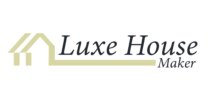
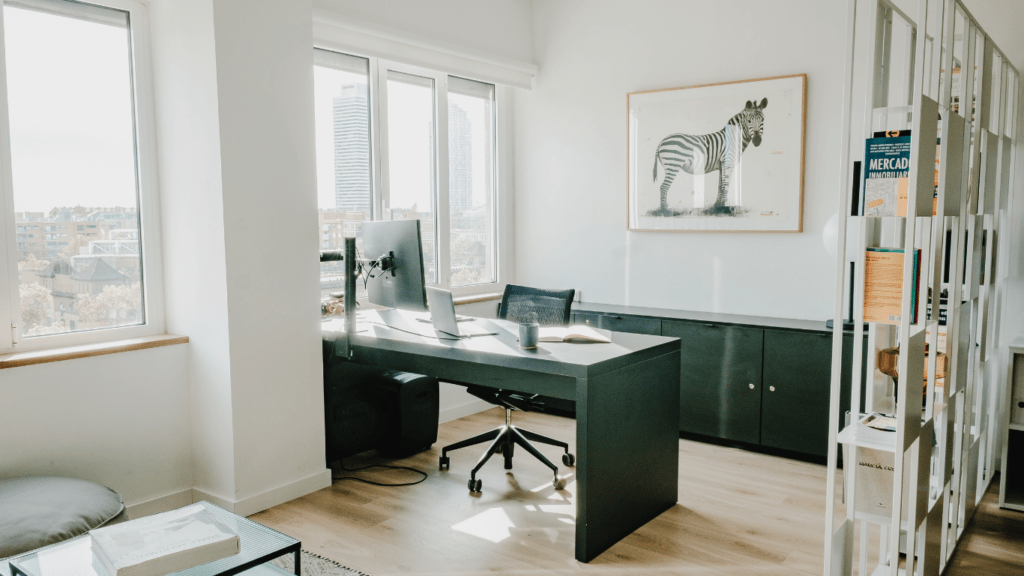
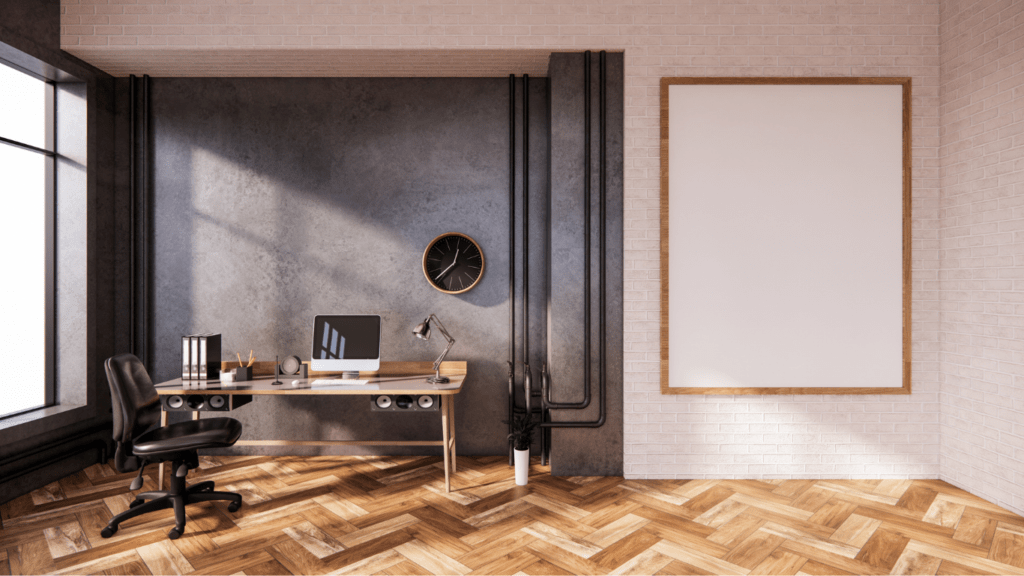
 Smart Home Technology Consultant
Meagan Kanedooray serves as Luxe House Maker’s smart home technology consultant, with extensive experience in integrating advanced tech into luxury homes. Specializing in home automation, security systems, and energy-efficient solutions, Meagan helps readers transform their living spaces into seamless, tech-enabled environments. Her expertise in cutting-edge technologies ensures that Luxe House Maker’s audience stays informed about the latest innovations that enhance convenience, safety, and sustainability in luxury living. Meagan’s deep understanding of smart home trends makes her an invaluable resource for those looking to elevate their homes with the latest advancements in technology.
Smart Home Technology Consultant
Meagan Kanedooray serves as Luxe House Maker’s smart home technology consultant, with extensive experience in integrating advanced tech into luxury homes. Specializing in home automation, security systems, and energy-efficient solutions, Meagan helps readers transform their living spaces into seamless, tech-enabled environments. Her expertise in cutting-edge technologies ensures that Luxe House Maker’s audience stays informed about the latest innovations that enhance convenience, safety, and sustainability in luxury living. Meagan’s deep understanding of smart home trends makes her an invaluable resource for those looking to elevate their homes with the latest advancements in technology.